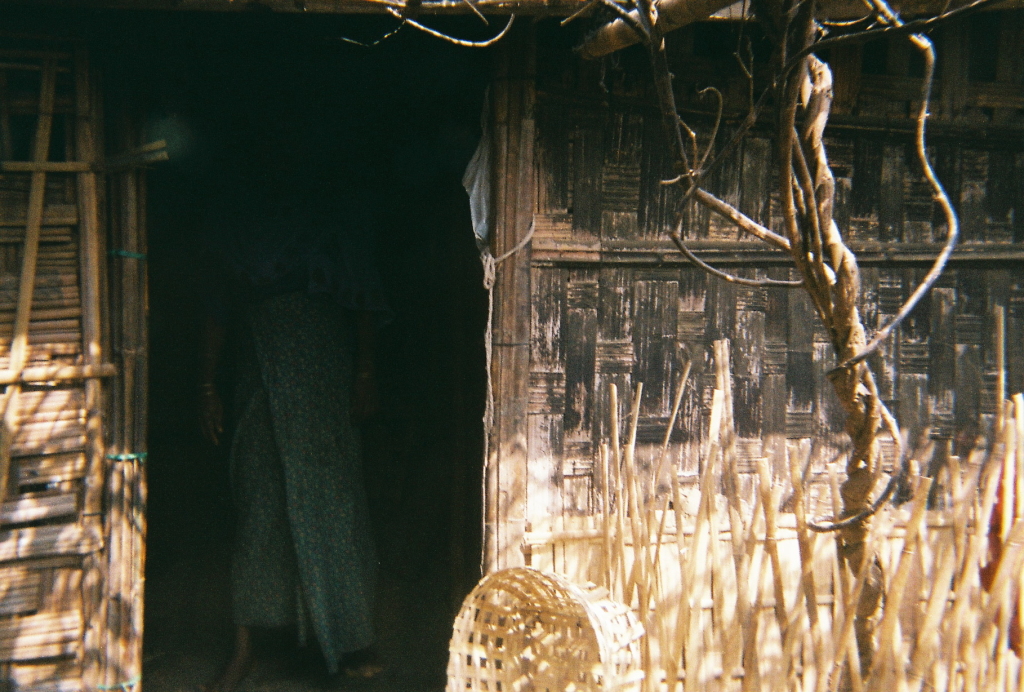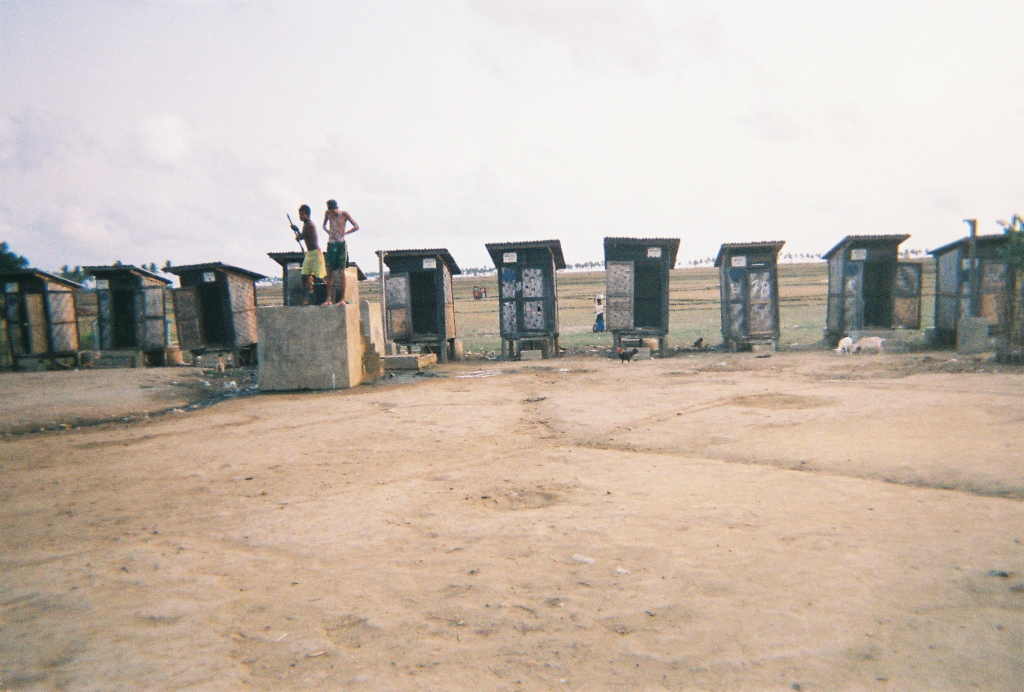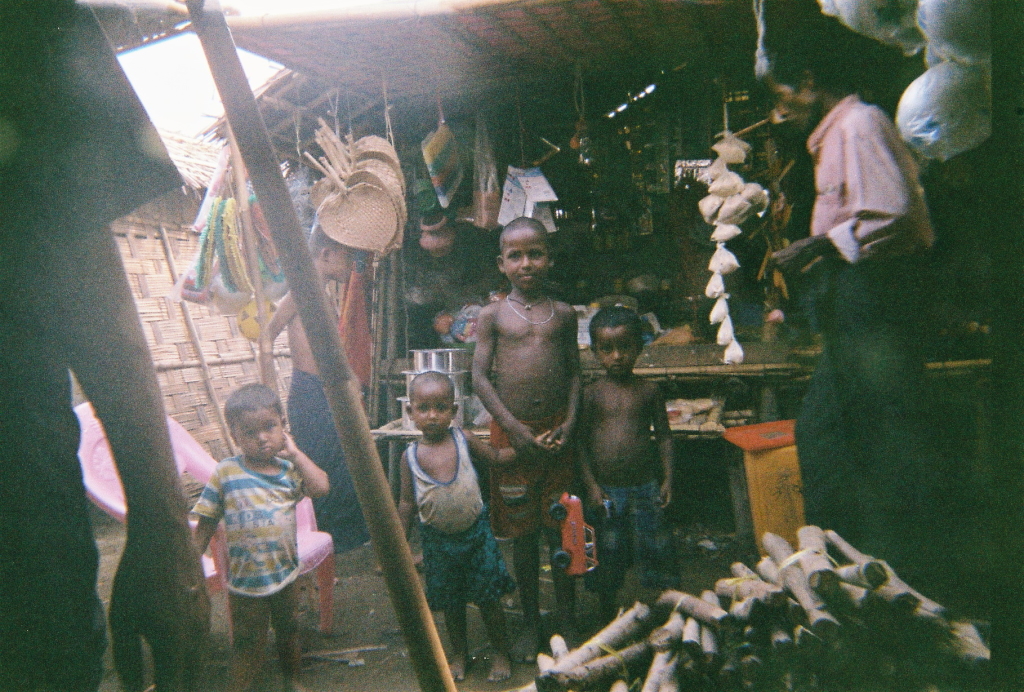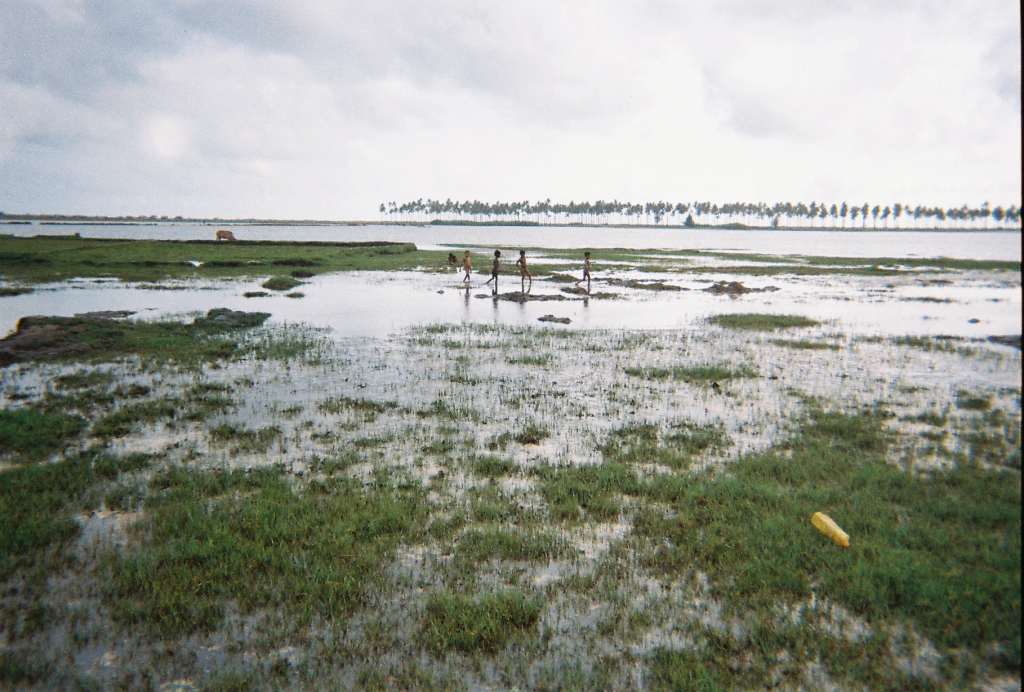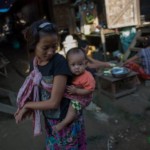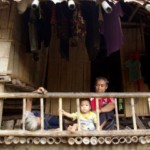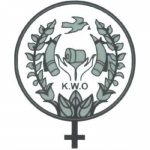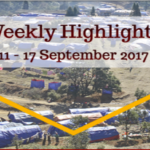Burma Link | August 19th, 2015
Through the Eyes of an Internally Displaced Rohingya
The Rohingya, often referred to as one of the world’s most persecuted minorities, live in the Arakan State (also known as Rakhine state) in Western Burma. They are denied citizenship and face systemic discrimination including restrictions on movement and education.
The year 2012 brought international attention to the Rohingya issue as it witnessed an outbreak of violence in Arakan state, with killings of members of both ethnic Arakanese and ethnic Rohingya communities. The violence quickly evolved into widespread and systematic attacks against the Rohingya, having now displaced more than 140,000 people. Human rights violations documented since the crisis escalated include killings of Rohingya men, women and children, rape, beheadings, stabbings, beatings, mass arrests and villages and neighbourhoods burned to the ground.1 Over a hundred thousand have been forced to live in internally displaced person (IDP) camps in Arakan State, often in dreadful conditions.
Recent flooding has also badly damaged at least some 25% of the only shelters the people living in the IDP camps have to call home2. Seven of Arakan State’s 17 townships were affected by the floods taking away their homes, belongings, rations, and their crops, about 200,000 fields were claimed by the water, along with 5,000 cattle3. Which means even after the water has vanished the question of where these people will live, sleep and eat are still unanswered. Meanwhile, there are reports that displaced Rohingya have been turned away from shelters in abandoned schools and community centres by security forces such as the state police and army4.
Before the flood crisis, the Rohingya cause received increased international attention as between January and March 2015, approximately 25,000 people, including many Rohingya, fled Burma and Bangladesh by boat5, leaving behind a population of nearly one million stateless Rohingya in the Arakan State6. Whilst the plight of the Rohingya has caught the attention of international media, local voices are often not at the forefront of this struggle.
Welsh photographer Kayla Richards, 23, wanted to take a different approach by creating a project with the aim to get IDP children’s voices heard, through photography. Giving ten cameras to ten children living in the IDP camps in Arakan State, we get to see their lives through their own eyes. Burma Link interviewed Kayla to learn more about the project. The pictures will tell the rest.
Q: How did you come up with the idea?
My first visit to Burma was two years ago, as part of my travels around Southeast Asia.
I quickly fell in love with the local people, feeling the warmth in their smiles as I walked down the street. I began to question why this country has been hidden from us for all these years.
I spent the next two years, returning to the country whenever possible, exploring different regions, learning as much as I could about the current situations. This lead me to where I am today, and my passion for helping the people to get their voices heard.
People of the Rakhine state are in limbo of their own lives, trapped within invisible walls, prisoners within their own country. I tried to find a way to get people’s attention, make the situation known, and raise awareness of Burma’s current state of conflict.
As a photographer, I live through a visual light and being able to capture a single moment in time, within a single frame is what inspires me to photograph the way I do, and what inspired me to give these children the same opportunity, to capture a moment in time to tell their story.
Q: Who did you give the cameras to?
I focused on the children/teenagers within the camps, as these are the next generation. If Burma’s situation doesn’t change, these kids are going to be in the same living situation as they are currently in.
In the first three camps, the camp leaders had the final decision on which children were to take part, choosing the best candidates for the position. When it came to the last camps, I decided on the children, focusing mainly on younger girls, wanting to get a perspective from their point of life.
A mixture of joy, pride, horror, and excitement ran across all of the chosen kids’ faces. Each one looking like they’d just been given an award. If I could have the opportunity, I would give each and everyone of them that award, after seeing the photographs they took, they all deserve it.
Q: What patterns did you see in the kind of photos they took?
All the photographs vary from child to child, and camp-to-camp. Some children focused on specific people, ones they are close to, some focused on the camp schools, others on their friends. However there did seem to be a running theme through the majority of their pictures. Themes consisting of pictures of their poor living conditions, no materials to repair wholes in houses, not enough running, clean water, not enough rations for them to eat healthily, no medicine to treat the ill, and one that appeared in many, were the poor conditions of their toilets, and the sewage systems.
Q: What is the next step for the project?
I intend to continue raising some funds to be able to share their stories through gallery spaces throughout Asia, starting with Thailand and Burma, in publications around the world, and hopefully in a book that will be published around the world, and within Burma itself.
My ultimate goal is to raise enough funds to enable me to return to the camps to visit the children who took part, show them what they have done, and how people are listening to their stories, and hopefully continue the project to keep expanding, and reach more children in need, and getting more voices heard.
Q: How has the flooding impacted your project?
Due to the floods the uncertainty of the lives of these children is unsure, never mind their whereabouts. Therefore, I see no way that this project can go any further, at least not in the near future. The reality that I may not be able to find these children again due to the fact that they may have escaped on the fishing boats was heartbreaking enough, now I have no idea if they are even alive.
Kayla Richards was always passionate about photography, which she studied at university in London. After travelling around Southeast Asia, she decided to begin the next chapter of her life living here, focusing on her true passion, and helping others through the art of photography. To support the project and get updates, see her Kickstarter page. All photos courtesy of Kayla Richards. You can follow her on Facebook and Instagram, or see her website.
1 Members of European Burma Network ‘International Investigation Needed into Human Rights Violations Against Burma’s Rohingya’ June 7, 2015 – http://www.burmapartnership.org/2015/06/international-investigation-needed-into-human-rights-violations-against-burmas-rohingya/
2 http://reliefweb.int/sites/reliefweb.int/files/resources/acaps-briefing-note-myanmar-floods-6aug2015.pdf
4 http://www.bbc.com/news/world-asia-33745840
5 http://www.unhcr.org/554c8adf9.html
6 http://www.unhcr.org/pages/49e4877d6.html#


